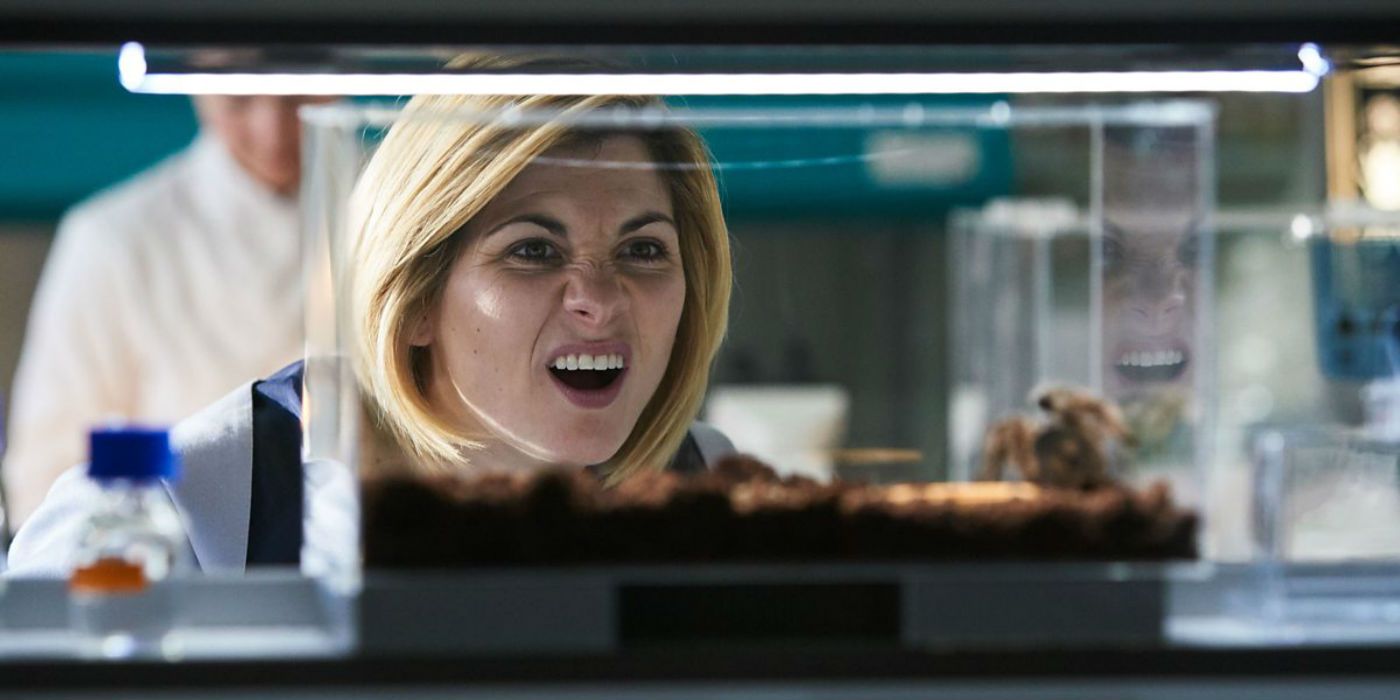
The fourth episode of Doctor Who season 11, "Arachnids in the U.K.," saw the Time Lord confront mutated spiders in Sheffield - and dropped some tantalizing hints about her personal history. It exploited a classic Doctor Who trope, with the monster of the week adding a touch of horror to an aspect of everyday life. Given that the episode aired around Halloween, it was certainly fitting that the show used spiders.
In truth, this was one of the most important episodes in the season so far. Returning to Sheffield in 2018 gave the Doctor's friends an opportunity to decide whether or not they really wanted to be part of "Team TARDIS." Interestingly, where previous Doctors tended to make puppy-dog eyes until their would-be companions decided to hop on boards, Jodie Whittaker's 13th Doctor warned them off. She wanted to make sure that they went into this with their eyes wide open, aware of the risks and the fact she couldn't promise to keep them safe.
Related: Doctor Who Season 11: New Cast & Character Guide
This was largely a one-and-done story, although once again the real villain has the potential to return. But the real mysteries lie in the details - in subtle hints that the Doctor's history may be a lot more complicated than Doctor Who fans had previously thought. Here are all our key questions.
- This Page: Jack Robertson and the Doctor's Sisters
- Next Page: From The Psychic Paper to the Time-Space Vortex
10. Could Jack Robertson Be Any More Of A Donald Trump Stand-In?
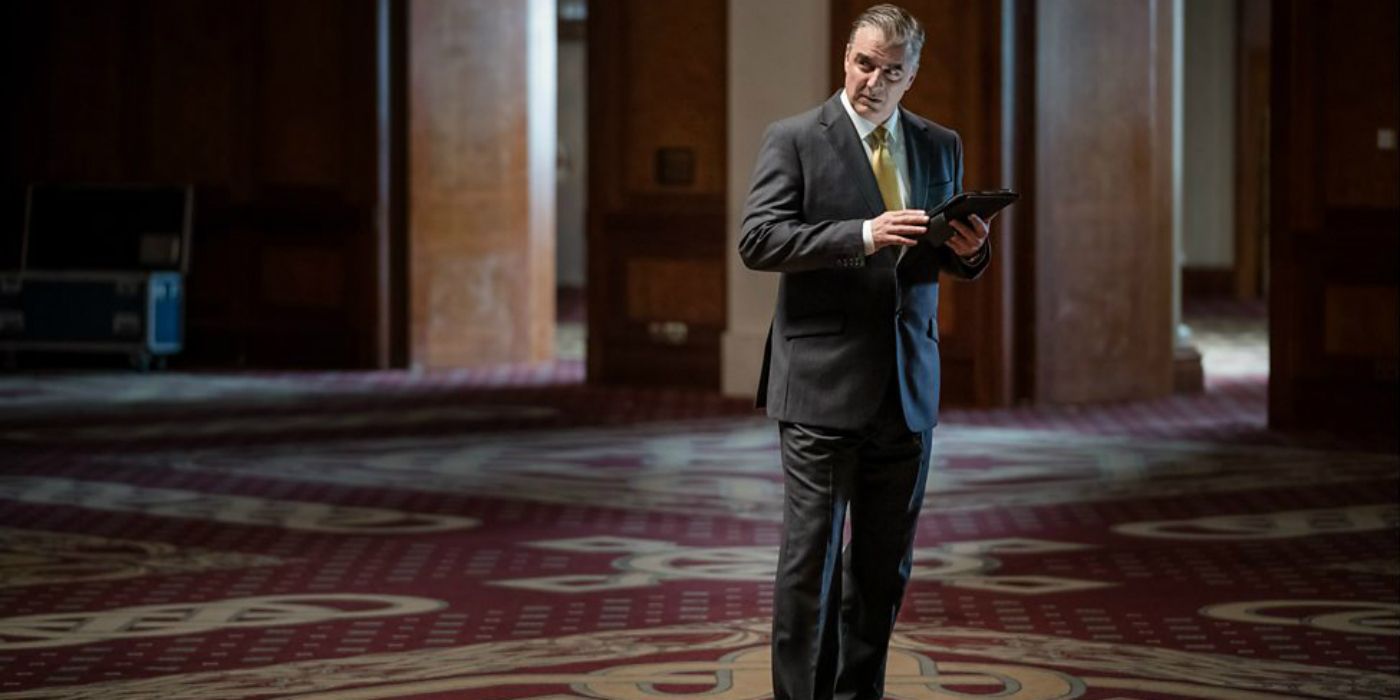
The real villain of Doctor Who's fourth episode was US presidential hopeful Jack Robertson, played by Chris North (Law & Order, Sex & the City, Manhunt: Unabomber). Robertson is an entertaining critique of real-world US president Donald Trump. A real estate magnate with a serious ego, Robertson has strange hair, a tendency to exaggerate, and a dislike of reading (notice that his panic room contains food, water, an entertainment system, and only one book). He's even a germophobe, with scheduled bathroom breaks and a tendency to wash his hands a lot. Fortunately, although Robertson may be a pretty obvious critique of Trump, North plays him so effectively that he feels like a three-dimensional character in his own right.
9. Could Robertson Be Another Recurring Villain?
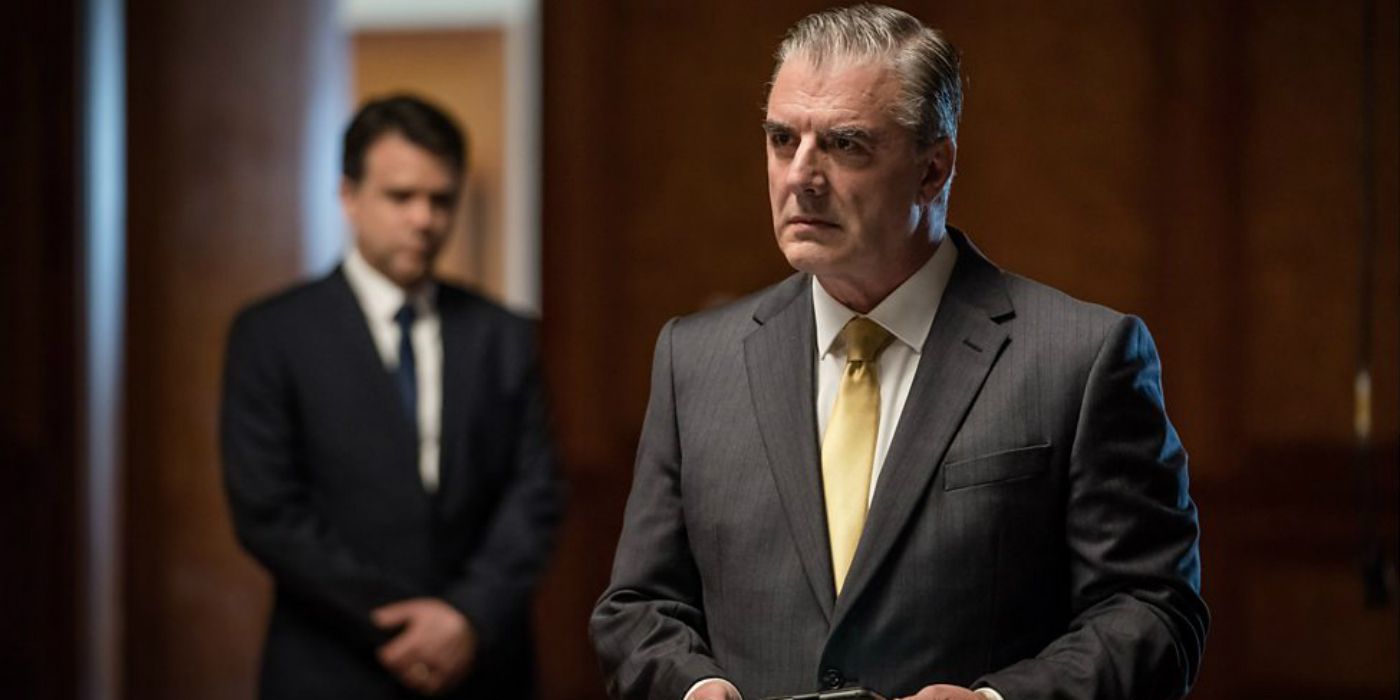
Doctor Who season 11 doesn't seem to kill off its villains, and in the case of Jack Robertson that could be significant. After all, Robertson is planning to run for president in 2020. Should he be successful, the most powerful man in the world will be an egomaniac who's clashed with the Doctor. Previous seasons have seen the Time Lord intervene to change the course of human politics - who can forget Harriet Jones, who became Prime Minister but was unseated when she angered the Doctor? She was replaced by the Master of all people, meaning the Doctor really did have to defeat the Prime Minister of Great Britain. It's possible that, this time, the Doctor might wind up going up against the President of the United States.
8. Who Were The Doctor's Sisters, And What Happened To Them?
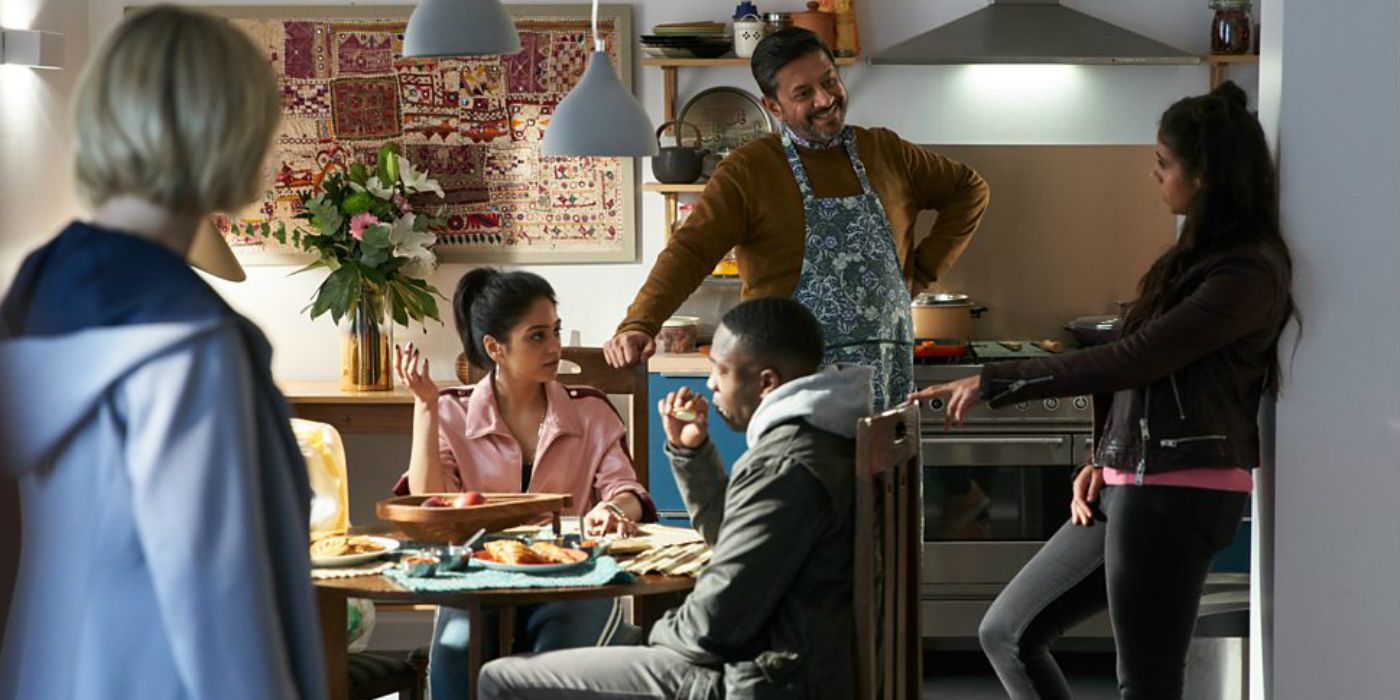
"Family" really does seem to be the major theme of Doctor Who season 11, and this episode the Doctor made a throwaway comment about how she "used to have sisters." This is brand new to the show; there have been previous references to the Doctor's parents, children, and even grandchildren, but there's never been any indication she used to have siblings before. The Doctor seems to have parted ways with his/her family on very bitter terms - the First Doctor even took his granddaughter with him when he began his travels, most likely against the wishes of his son. So just what happened to the Doctor's sisters?
Related: Who Are The Doctor's Family (And Are They Important In Doctor Who Season 11)?
7. Have There Been Previous Female Doctors?
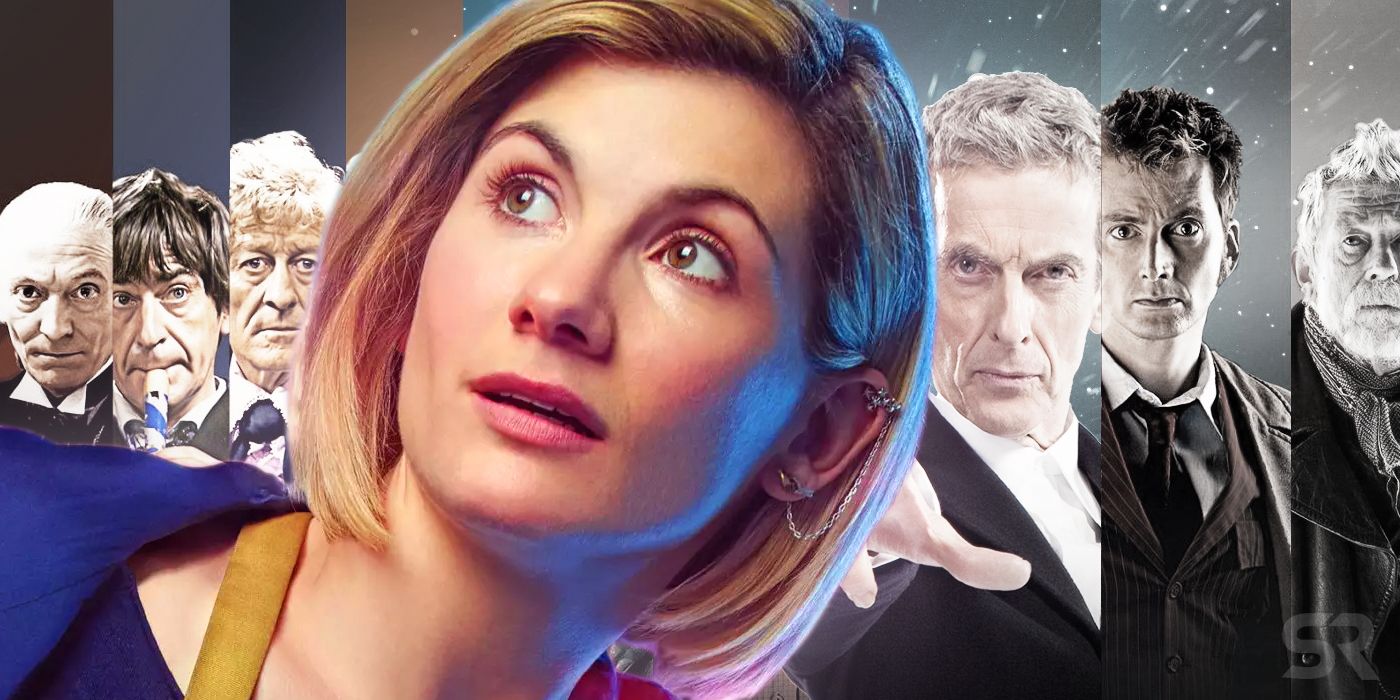
But that wasn't the only curious question raised by the Doctor's ill-advised attempt at small talk. She drifted from talking about her own siblings to a time when she was "a sister in an aqua hospital" that turned out to be a training camp for space assassins. Does that mean there have been previous female incarnations of the Doctor? If that's the case, it suggests everything Whovians know about the history of the Doctor may be wrong. Perhaps the Time Lord has gone through two regeneration cycles in the past, not just the one as was previously believed?
There is some evidence that there have been other Doctors, ones who have never been seen on TV. The classic Doctor Who story "The Brain of Morbius" featured a brief scene in which eight faces - clearly implied to be past versions of the Doctor - were shown during a mental battle. That detail has largely been forgotten by the canon, but may be relevant again after all.
6. Will We Ever Meet Ryan's Dad?
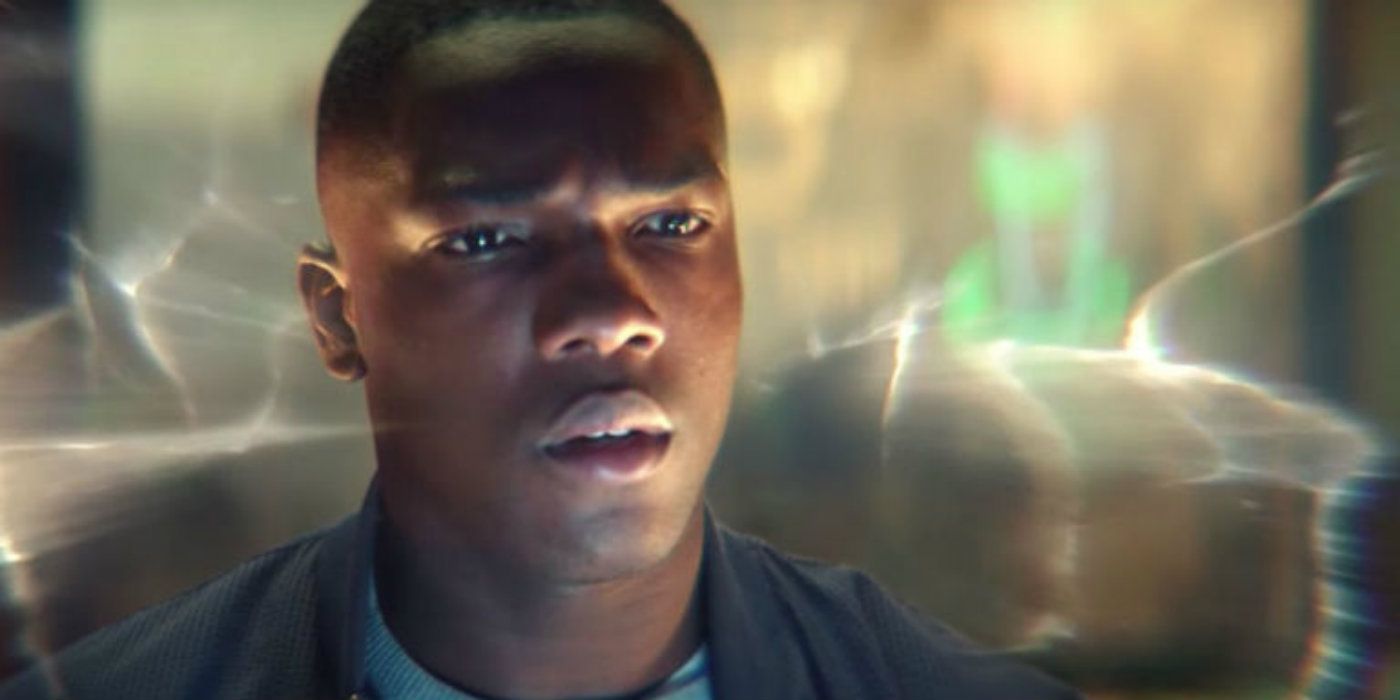
Ryan's father seems to be pretty unreliable, not even bothering to turn up to Grace's funeral. But he seems to have reached out all the same, sending Ryan a letter in which he suggests the youth should come and live with him. Ryan is furious, particularly at the fact the letter describes them as "proper family." Given he's clearly bonding more with Graham now, it's likely this will lead to a scene in which Ryan chooses to stay with Graham over his dad.
Page 2 of 2: From The Time-Space Vortex To The Psychic Paper
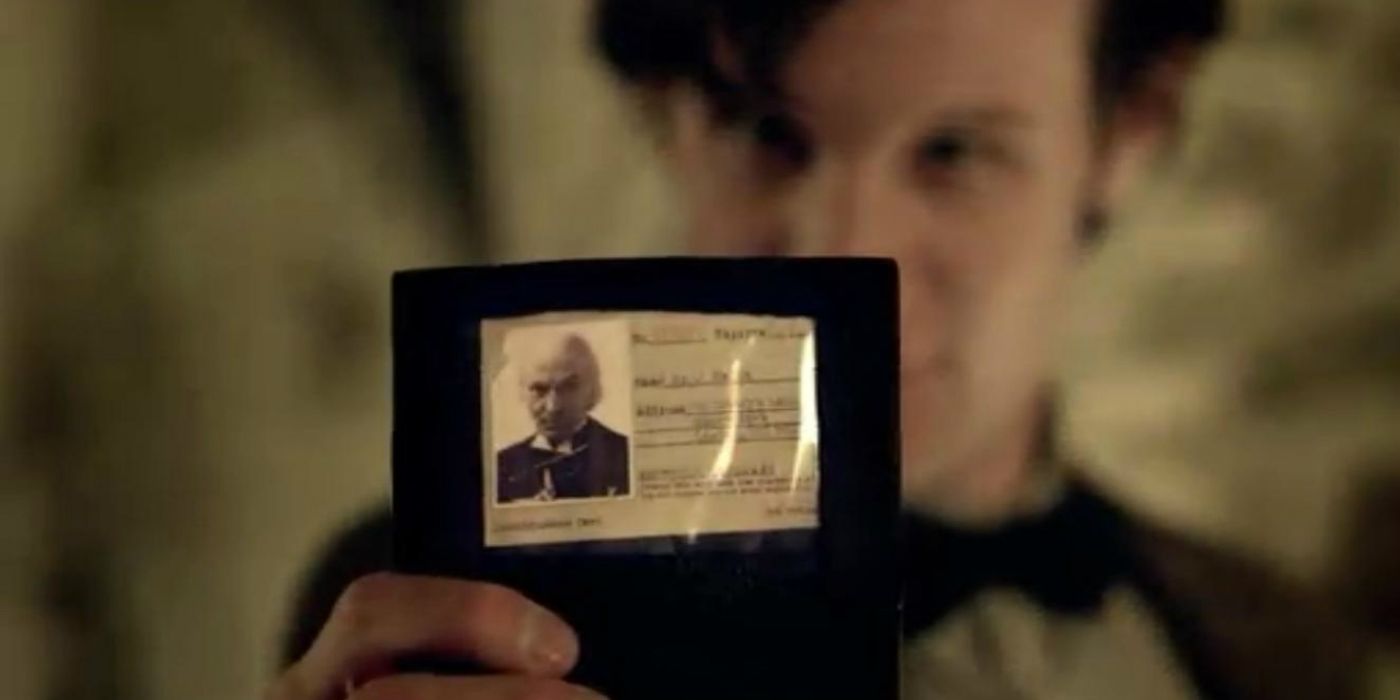
5. What Other Artifacts Does The 13th Doctor Carry?
"Arachnids in the U.K." featured the return of a fan-favorite tool introduced by Russell T. Davies back in 2005. In one scene, the Doctor waved the psychic paper in front of Robertson. "Crisis investigators," she declared confidently. "You just ran out of a room really quickly looking really scared. Tell me exactly what’s going on, omitting no detail no matter how strange." Davies created the psychic paper in order to streamline the plots of Doctor Who. Before the psychic paper, the wandering Time Lord had frequently had to spend several episodes winning the trust of civilians or military figures before finally being allowed to take charge. The psychic paper, however, allowed the Doctor to claim a position of authority by simply showing fake ID.
This is the first time the 13th Doctor has used anything from a previous incarnation. Presumably she's had the time to pack her pockets with items she believes will be of use; so what else has she decided to carry in those pockets?
Related: Doctor Who Season 11 Is Fixing Tired Formula Problems
4. What Happened To Amelia Earheart?
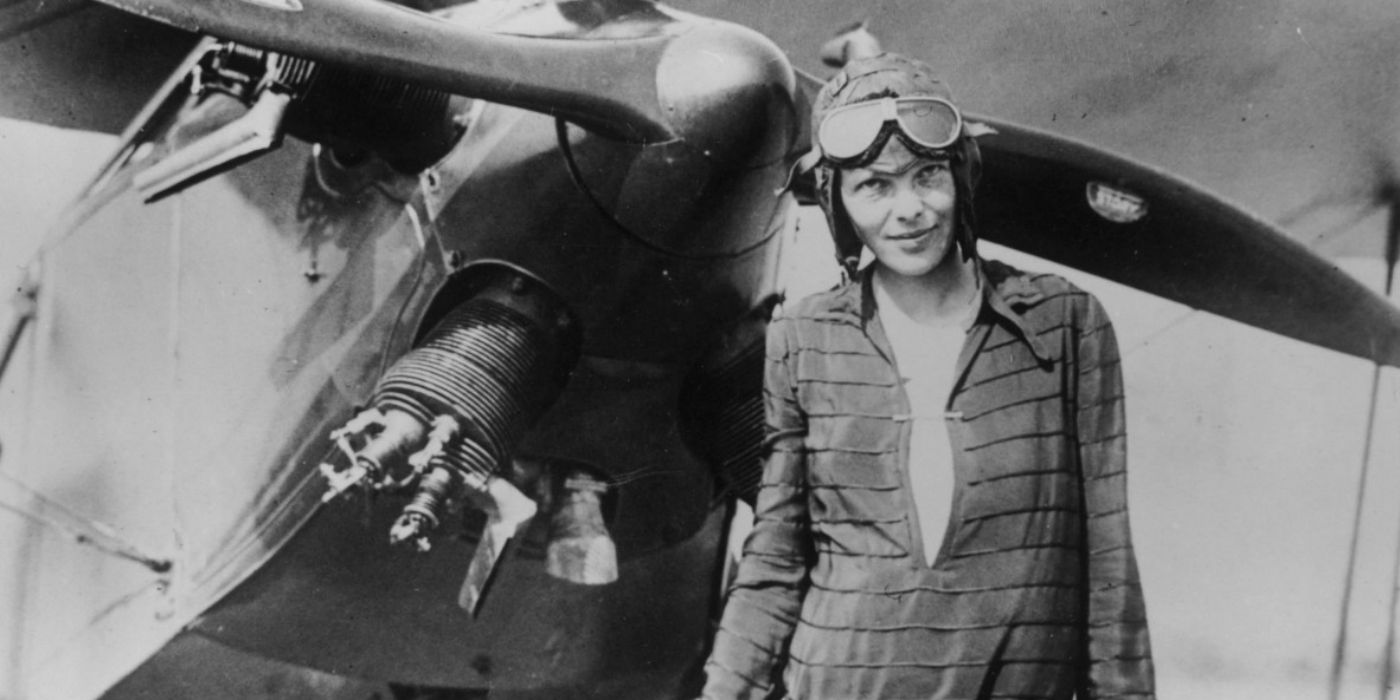
In one scene, the Doctor chatters about how thick spider-silk can be strong enough to stop a plane, and then name-drops Amelia Earheart. In 1932, Earhart was the first female pilot to fly solo across the Atlantic Ocean, a feat that earned her the United States Distinguished Flying Cross. She and her navigator Fred Noonan disappeared over the Pacific Ocean in 1937, and she was declared dead in absentia two years later. Earheart's fate is one of the most fascinating mysteries of the 20th century, but in Doctor Who it sounds as though she fell afoul of spiders. Fortunately the Doctor was on hand; "She's a right laugh," the Doctor recollected with a smile.
3. Who Is Edith Wharton?

Referring to "the spider mother in the ballroom", the Doctor remarks that this sounds like "the best novel Edith Wharton never wrote." Viewers can be forgiven for not recognizing Wharton's name; a prolific author who died in 1937, Wharton was the first woman to win the Pullitzer Prize for Literature. In addition to her fifteen novels, seven novellas, and eighty-five short stories, she published poetry, books on design, travel, literary and cultural criticism, and a memoir. She was an astute critic of late 19th-century society, receiving particular acclaim for her 1920 novel The Age of Innocence.
2. What's Happened to the Time-Space Vortex?
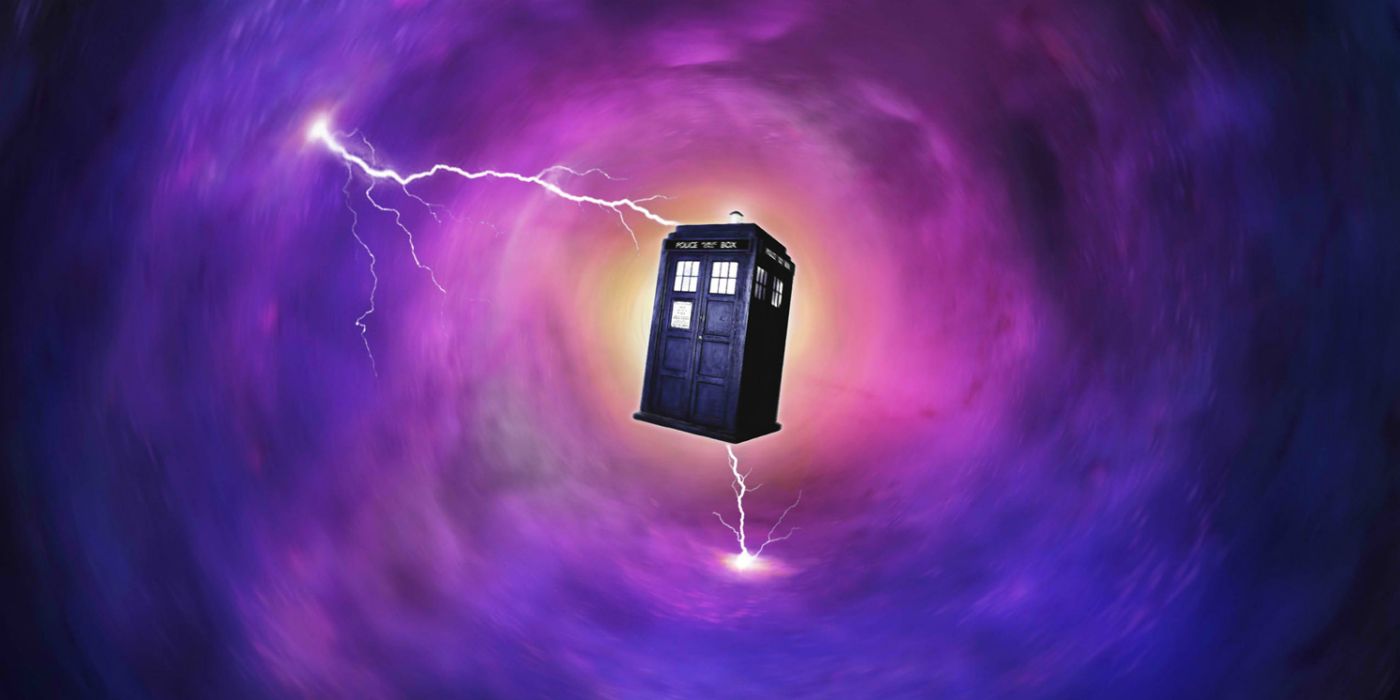
As any Whovian knows, the TARDIS travels through the time-space vortex. "Arachnids in the UK" marks the first time season 11 has shown the vortex, and it's had as dramatic a redesign as the TARDIS itself. The time-space vortex is typically represented as a sort of undulating tunnel, with flares of light surrounding it. Season 11 initially follows this traditional format, but then sees the TARDIS emerge into a wide space, with countless "tunnels" branching off from it. The TARDIS picks one, and then travels down it to Sheffield.
This is hardly the first time Doctor Who has redesigned the time-space vortex, but it's the most dramatic example to date. It's also very well-thought-out indeed; it hints that there's a sort of "geography" to the vortex, and that TARDISes must travel to central points before choosing routes that branch out. Presumably all previous glimpses of the time-space vortex have been after the TARDIS has started down one of the "tunnels."
Related: Doctor Who Theory: New TARDIS Design Created By Season 11's Big Villains
1. Was the "Gun" Plot a Little Too On The Nose?
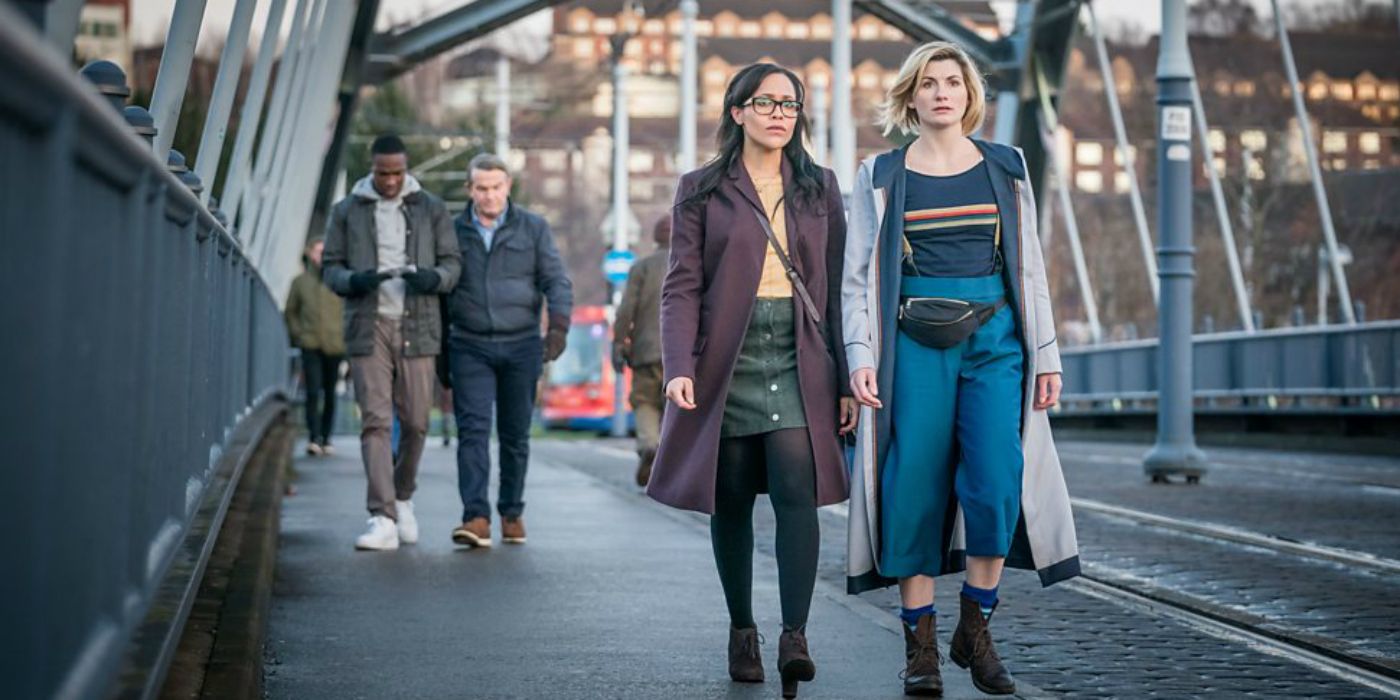
Gun legislation is one of the key differences between Britain and the United States, and "Arachnids in the U.K." chose to highlight that in a pretty bold way. Robertson only feels safe when he's either got an armed guard around him, or a gun secreted on his own person. In one scene, he was notably furious with the Doctor's attitude towards firearms. "Why don't you do what normal people do," he complained against the British, "Get a gun, shoot things like any civilized person?"
The problem with a theme like this is that it can be a little bit too topical. Marvel Television learned that when they were preparing to begin promoting The Punisher, for example; they cancelled a panel at New York Comic Con last year in the wake of a tragedy at Las Vegas, feeling it wasn't the right time to market a series that focused around gun violence. In the case of "Arachnids in the U.K.," the episode is airing straight after a week of political, religious, and racial violence in the United States. This particular piece of social commentary may not be well-timed.
More: Doctor Who Brought Back River Song's Prison
from ScreenRant - Feed https://ift.tt/2EOIM6i

0 Comments